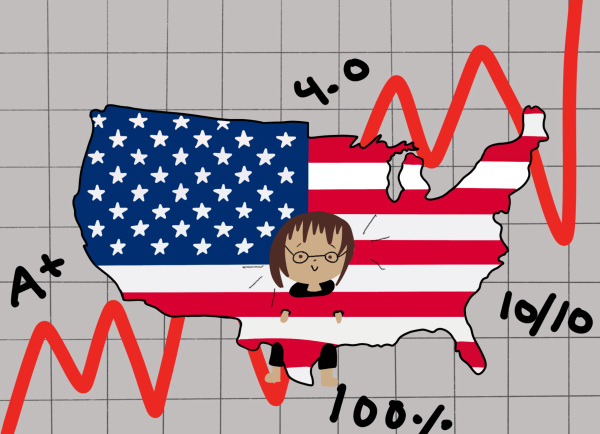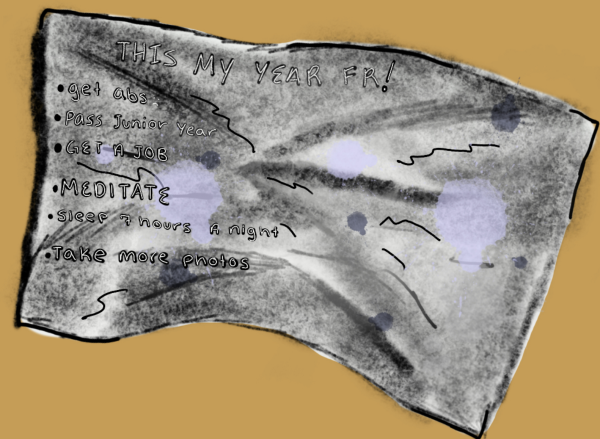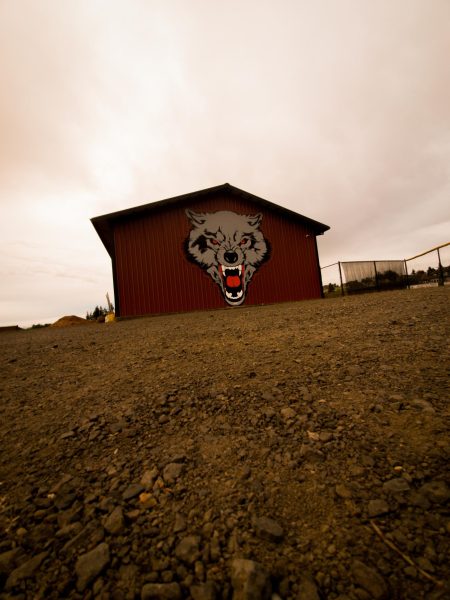Mullets leave us scratching our heads
October 7, 2021
You know what they say: history repeats itself. That’s true for many things, but especially when it comes to fashion and, in particular, hairstyles.
The mullet “pandemic” at Tualatin High School has pleased – and troubled – many students and staff members. Some are fully in favor of bringing back the bold ‘80s hairstyle; however, others are not so on board. This divide has caused many to form strong opinions on the classic cut.
To provide an unbiased angle on this issue, let’s go into the history of the mullet. Some say mullets became popular in the 1980s, which is partially true, but it was a thing long before that. In Ancient Rome, during the sixth century BC, young rebels cut their hair in ways similar to the modern mullet. These adolescent renegades cut their hair to mimic old Roman soldiers, who also had mullet hairstyles in their day. Fast forward to the late 18th century, where the famous Benjamin Franklin used a mullet-like hairstyle to charm France into changing their diplomatic and financial support of America. This bold move made Benjamin Franklin something of a revolutionary to the French — even ahead of his time. Now onto the 1970s, when the English singer/songwriter David Bowie rocked the iconic mullet. It became a defining aspect of their androgynous and gender-fluid personna. Lastly, in 2021, the mullet is once again a popular hairstyle among millennial celebrities and teenagers with perms.
In all these cases, the mullet-wearers were and are rebels of sorts for their time. Maybe that’s the origin of the mullet: a progressive hairstyle for the bold. Or maybe it’s a ridiculous hairstyle for the weird. You choose. But here’s my personal opinion: somebody needs to put an end to this ASAP. Please save us all from the preventable repetition of our history.
So, in light of the new mullet “pandemic” at Tualatin High School, and in the world, let’s remember one thing: although mullets have been around for centuries, the reason for that persistence remains concerningly unknown. The “business in the front, party in the back” hairstyle is a social dilemma and paradox to all. If you don’t know where that phrase comes from, maybe familiarize yourself with 1980s and 1990s culture before taking on the hairstyle. Or just don’t take on the hairstyle in the first place. I’d encourage you to go with the latter!










